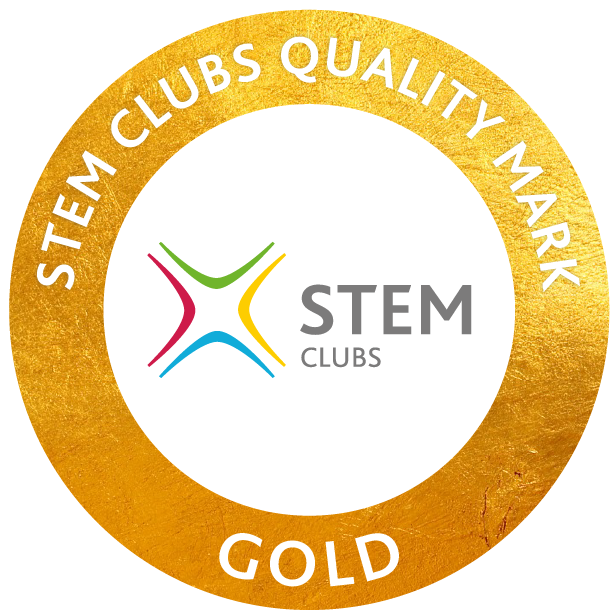Art
| Subject: | Visual Art & Design |
| Contact: | Mr S Parker |
Overview
All students study Art & Design at Key Stage 3 and they have the choice for further study at Key Stage 4 and Key Stage 5. Throughout each Key Stage we aim to promote a broad understanding and appreciation of the visual world through making art, engaging with, analysing and reflecting upon the art work from the past to contemporary artists, photographers, craftspeople, designers working today. At Key Stage 3, 4 and 5, students are given a broad approach into exploring images and artefacts that balance with the making of art that are relevant to today’s world. The very nature of our subject allows the teacher to contribute to the intellectual, emotional, social, physical and spiritual development of students.
Key stage 3
Overview
Students are taught in mixed ability classes and are offered a broad and balanced curriculum within a range of specialisms: painting, drawing, 3-D, ceramics, photography and digital imaging. The extended learning project enables students to develop their ability in managing their own interests through learning and applying their own creativity to the set themes.
Throughout this key stage, students are given opportunities to improve their skills and knowledge in generating ideas through artist research, planning visual ideas, experimenting with materials and techniques to create a final piece of work based on the set themes.
Curriculum Content
| QPHS Year 7 Art & Design Curriculum Map | download |
| QPHS Year 8 Art & Design Curriculum Map | download |
| QPHS Year 9 Art & Design Curriculum Map | download |
Assessment Criteria
Please find below the assessment benchmarks for Visual Art and Design. A child progresses across the grid (from A-I) when they demonstrate a deeper knowledge and wider range of skills in each assessment carried out.
Key stage 4
Overview
In Key Stage 4, students follow the AQA GCSE syllabus for Art and Design (art, craft and design) (8201). GCSE Art & Design is taught in ways that inspire and bring out the best in all students, whilst equipping them with the skills and knowledge to continue the subject with confidence at A-level and beyond. The flexibility of its design means we can tailor our course to our students’ interests and our department’s strengths and students have opportunities to work in both two and three dimensions, using a wide range of materials, techniques and processes. This is a coursework based subject with a final practical externally set assignment of 10 hours.
Students are taught 5 hours per fortnight
Exam board and course
AQA Art, Craft and Design (8201)
Curriculum Content
key stage 5
Overview
Students who choose to opt for Art in Year 12 will follow the AQA A Level Art and Design (Art, craft and design) specification (7201). Students will explore a range of themes in 2D, 3D and digital mediums throughout the year to further develop their practical skills and critical and contextual knowledge learned at GCSE. Flexibility from learning at GCSE is retained so that students can focus on an area of personal interest developed during their Year 12 experience to support their own further in-depth investigations in Year 13 for their personal investigation unit.
Students will plan and prepare for an externally set assignment to produce a practical piece in 15 hours. The course supports progression to further education in Art and Design and related subjects, as well as providing all students with a platform to inspire a lifelong interest in, and enjoyment of, Art and Design.
Exam board and course
AQA A Level Art and Design (7201)
Curriculum Content
Enrichment opportunities
Art Club for GCSE students in A4 every Wednesday lunchtime
Art Club for Year 10 GCSE students in A1 every Monday lunchtime









